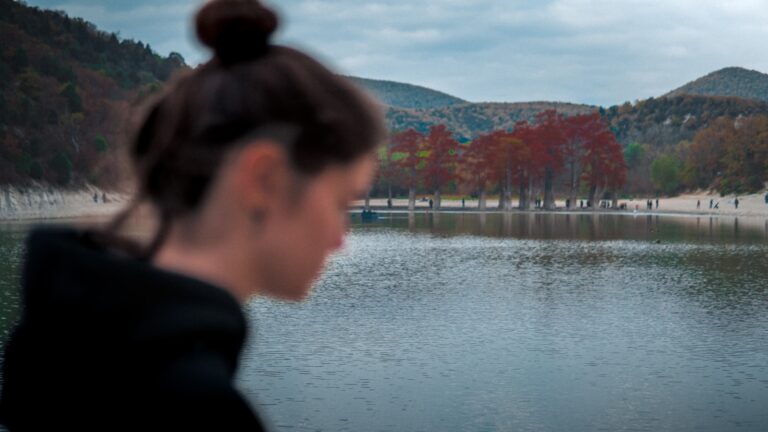MURANO AND BURANO
On the second day of our tour, we visited the islands of Murano and Burano—two must-see destinations in the Venetian Lagoon.
Murano is famously associated with the art of exquisite glassmaking. According to our guide, if you’re thinking of buying souvenirs, this is the place to do it. Once these glass pieces are displayed in shops within Venice proper, their prices can skyrocket—so high they could blow the roof off!

There are several factories and workshops in Murano producing all kinds of glassware, crafted in various shapes and sizes. Beyond its artisanal heritage, Murano is a lovely place to unwind, with peaceful canals, charming gardens, and crimson-hued facades alongside ancient mansions lovingly preserved over the centuries.
Burano, on the other hand, is celebrated for its lacework—but what captures the attention of most visitors are the dazzlingly colorful houses lining the island. What’s the story behind this rainbow palette? According to our guide, the island’s fishermen were the ones who started painting their homes in different bright colors to help them find their way in thick fog, which is common in this region during the winter.
Today, most residents repaint their facades annually, and the kaleidoscopic homes have become an enduring symbol of Burano.
Venice, as many know, is built on a network of canals. Along these waterways, which snake through the city, stand 15th-century houses and a host of small boats moored along the edges. One of the most important canals is the Grand Canal, which divides the city in two. Its water flows gently, making it the city’s main thoroughfare for transporting goods.
To cross the canal, visitors can take the Rialto Bridge—the oldest and most iconic bridge in Venice, and arguably its most vital one.
Crisscrossing the Grand Canal are vaporettos, or water buses. These vessels allow tourists to glide along the canals while admiring Venice’s magnificent architecture. From the boat, you can see elegant buildings that appear to float on a glistening, emerald-green surface.
Our guide and I chose a gondola ride, which carried us along the Grand Canal and into several of the city’s smaller, more intimate canals. From the boat, I even caught a glimpse of the sun setting over the sea.

But what I found most enchanting was how the gondola ride allowed me to fully immerse myself in the charm and dreamlike atmosphere of Venice. Many travel brochures insist there’s only one true way to see Venice: by gondola, and along the Grand Canal—and I now understand why.
According to researcher Harakat Maryam, in the wake of Covid-19, the authorities in Venice appear ready to introduce new policies aimed at limiting the number of tourists and preserving the lagoon. A new form of tourism is gaining momentum: ecotourism.
It seems they’re striving to reduce the environmental impact caused by heavy tourism. One example: the paths taken by tourists are now being reimagined to differ from those of local Venetians.
Flood barriers have also been constructed to protect the lagoon, along with large-scale wetland restoration projects. Since 2019, Venice has introduced new docks and established fixed routes for large cruise ships.
Furthermore, the economic crisis caused by the pandemic has led to a significant drop in tourist numbers—not only in Venice, but worldwide—triggering a shift in tourist behavior. Fewer people are now opting for organized tours; instead, independent travel is on the rise.
What will be the consequences of this change? That remains to be seen. But one thing is clear: tourism in Venice is undergoing a period of unprecedented transformation.
While I wait for the day I can return to Venice—and perhaps even find my wonderful guide again—I’ll leave you with these unforgettable lines by Peggy Guggenheim (1898–1979), a renowned American art collector who lived in Venice:
“It is always assumed that Venice is the ideal place for a honeymoon. This is a grave error. To live in Venice or even to visit it means that you fall in love with the city itself. There is nothing left over in your heart for anyone else.”
How true that is.




